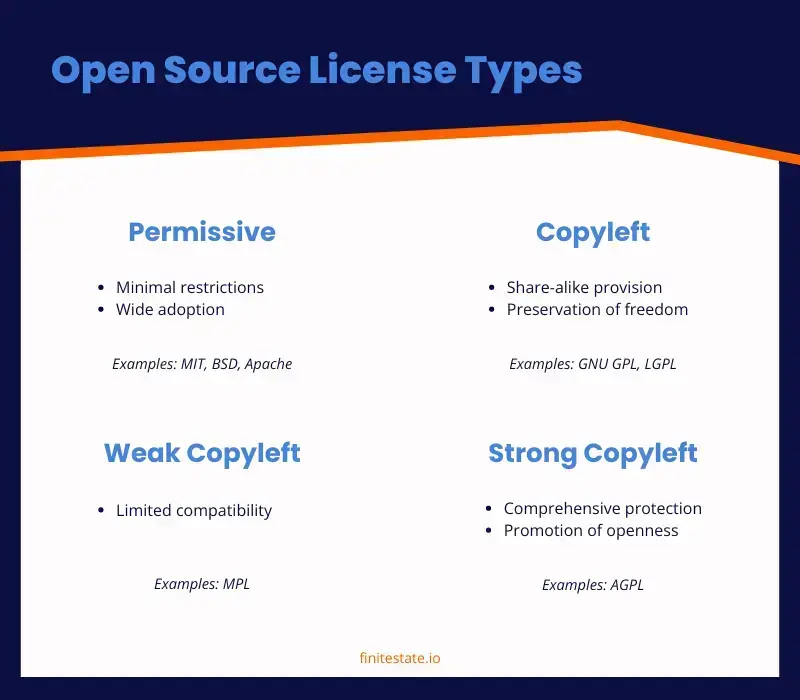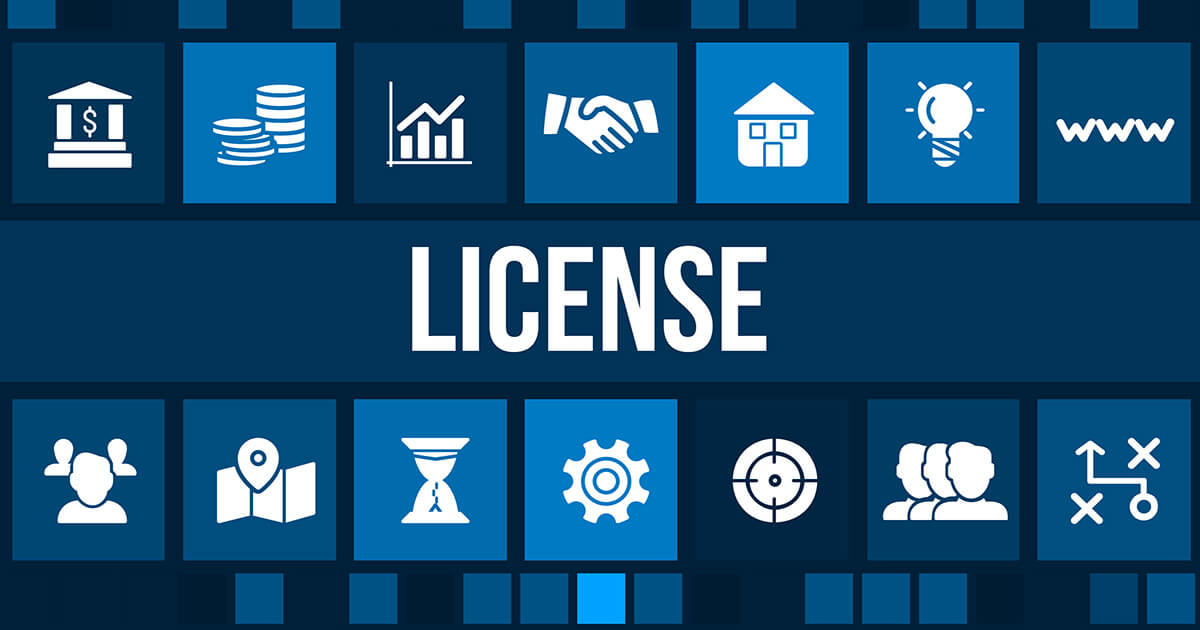Table of Contents
- Introduction
- What Is an Open Source License?
- Why Licenses Matter
- Types of Open Source Licenses
- Popular Open Source Licenses Explained
- How Licenses Affect Contributors
- Choosing the Right License for Your Project
- License Compliance and Best Practices
- Legal Risks and Considerations
- The Role of Foundations Like Outercurve
- Contributing Safely to Open Source Projects
- The Future of Open Source Licensing
- Conclusion
Introduction
Open source software powers the modern digital world. From web browsers to operating systems, millions of developers rely on community-built tools every day. But behind every open source project lies a crucial legal framework — the license. Understanding Open Source Software Licenses: What You Should Know Before Contributing is essential for anyone who wants to participate responsibly in open source communities.
Licenses dictate how software can be used, modified, and redistributed. They protect both creators and contributors, ensuring that innovation thrives in a safe, transparent environment. Whether you’re writing your first pull request or maintaining a large repository, knowing how open source licensing works will save you from legal headaches and ethical missteps down the line.
What Is an Open Source License?
An open source license is a legal document that grants permission to use, modify, and distribute software code. It outlines the rights and obligations of users, maintainers, and contributors. Unlike proprietary software, open source licensing encourages collaboration by allowing anyone to access the source code freely.
According to the Open Source Initiative (OSI), a valid open source license must meet specific criteria — including free redistribution, access to source code, and permission to create derivative works. These guidelines ensure that open source software remains a shared global resource rather than a closed commercial product.
Why Licenses Matter
Licenses are not just legal formalities; they’re the backbone of trust within the open source ecosystem. A project’s license tells you what you can do with its code — and what you cannot. Without proper licensing, software becomes legally ambiguous, discouraging contributions and adoption.
- For creators: Licenses protect intellectual property and define how others can use the project.
- For contributors: Licenses ensure that contributions are recognized and that the project remains open and compliant.
- For companies: Licenses clarify how open source code can be integrated into commercial products.
In short, clear licensing makes collaboration possible. It transforms individual projects into sustainable, community-driven ecosystems.
Types of Open Source Licenses
There are two main categories of open source licenses: permissive and copyleft.
1. Permissive Licenses
Permissive licenses allow users to freely use, modify, and distribute software, even in proprietary applications. They require minimal conditions, such as attribution to the original author. Common examples include the MIT License and Apache License 2.0.
2. Copyleft Licenses
Copyleft licenses are more restrictive. They require that any derivative works be distributed under the same license terms. This ensures that software remains open throughout its lifecycle. The GNU General Public License (GPL) is the most well-known example.
Both types have advantages, depending on your goals as a creator or contributor. Permissive licenses maximize flexibility and adoption, while copyleft licenses guarantee perpetual openness.
Popular Open Source Licenses Explained
Let’s look at some of the most widely used open source licenses and what they mean in practice.
- MIT License: Extremely permissive, allowing nearly unrestricted use. The only requirement is to include the original license notice.
- Apache License 2.0: Similar to MIT but with explicit patent protection, making it ideal for corporate adoption.
- GNU GPL v3: Ensures derivative works remain open and prohibits tivoization (hardware restriction on modified software).
- BSD Licenses: A family of permissive licenses originating from the Berkeley Software Distribution. Widely used for system-level software.
- Mozilla Public License (MPL): A hybrid license that allows combining open and proprietary code while requiring modifications to open components to remain public.
Each license represents a different philosophy of openness. Choosing the right one depends on your values, goals, and the community you want to build.

How Licenses Affect Contributors
When you contribute to an open source project, your code becomes part of a collective work governed by its license. By submitting a pull request or patch, you agree to the project’s licensing terms.
That’s why it’s important to read and understand the license before contributing. Some projects also use Contributor License Agreements (CLAs), which explicitly grant the project maintainers the right to use your contributions under the same license.
Failure to comply with a project’s license can lead to legal disputes or removal of contributions. Responsible participation requires understanding these terms in advance.
Choosing the Right License for Your Project
If you’re launching your own open source project, selecting the right license is one of the most critical early decisions. Your choice will determine who can use your code and under what conditions.
The Choose a License site offers an excellent tool for identifying the best license based on your needs. Here are general guidelines:
- Use a permissive license (like MIT or Apache 2.0) if you want maximum adoption and minimal restrictions.
- Use a copyleft license (like GPL) if you want to ensure that all modifications remain open source.
- Use MPL if you need a middle ground between the two approaches.
Document your choice clearly in a LICENSE file within your repository. This transparency will attract contributors and protect everyone involved.
License Compliance and Best Practices
Open source compliance means respecting the terms of the licenses associated with the software you use or distribute. Non-compliance can have serious legal and reputational consequences, especially for businesses.
Here are best practices for maintaining compliance:
- Always include license files in your repositories.
- Track third-party dependencies and their licenses.
- Use automated tools to detect license conflicts (such as FOSSA or WhiteSource).
- Educate your development team about open source policies.
Remember: compliance is not about restriction—it’s about respecting the freedom and trust that open source stands for.
Legal Risks and Considerations
While open source software is free to use, it’s not free from legal obligations. Common risks include:
- License incompatibility: Combining software under conflicting licenses can create legal conflicts.
- Unclear ownership: Contributions without explicit licensing can lead to disputes over authorship.
- Patent issues: Some licenses include or exclude patent rights, which can affect corporate usage.
Consulting legal experts or organizations such as the Outercurve Foundation can help ensure that your open source participation is both safe and compliant.
The Role of Foundations Like Outercurve
Open source foundations like Outercurve, Apache, and Linux Foundation play a vital role in guiding licensing and governance. They provide neutral legal frameworks and promote sustainable community collaboration.
The Outercurve Foundation in particular has supported projects like NuGet and Orchard CMS, helping developers navigate complex licensing and contribution structures. By offering legal clarity, documentation templates, and governance support, these foundations make open source contribution safer and more professional for everyone involved.
Contributing Safely to Open Source Projects
Now that you understand licensing basics, how can you contribute safely? Here’s a checklist for responsible open source contribution:
- Review the project’s
LICENSEfile before contributing. - Understand whether the project uses a CLA or DCO (Developer Certificate of Origin).
- Ensure your contribution is original and does not infringe on third-party rights.
- Document your changes clearly and include proper attribution.
- Respect community guidelines and maintain transparent communication.
These steps not only protect you legally but also demonstrate professionalism and integrity—qualities that every open source community values.
The Future of Open Source Licensing
As technology evolves, so too does open source licensing. Modern challenges like AI-generated code, software-as-a-service (SaaS), and cloud computing are reshaping how licenses are applied and enforced.
Emerging license models such as the Server Side Public License (SSPL) and Elastic License attempt to address issues around cloud usage and monetization. However, these are controversial and not recognized by the OSI as open source.
The future will likely bring more hybrid and context-aware licenses, balancing developer freedom with business realities. Regardless of the model, the principles of openness, transparency, and community empowerment will remain at the heart of software licensing.
Understanding Open Source Software Licenses: What You Should Know Before Contributing is essential for anyone participating in modern software development. Licenses are not barriers—they’re bridges that connect creativity, collaboration, and responsibility.
Whether you’re launching your first open project or contributing to an established one, remember that open source thrives on trust and clarity. Respecting licenses ensures that your work benefits not only your peers but also future generations of developers.
By staying informed, compliant, and ethical, you contribute to a stronger, more sustainable open source ecosystem—one that continues to drive innovation across the world.

